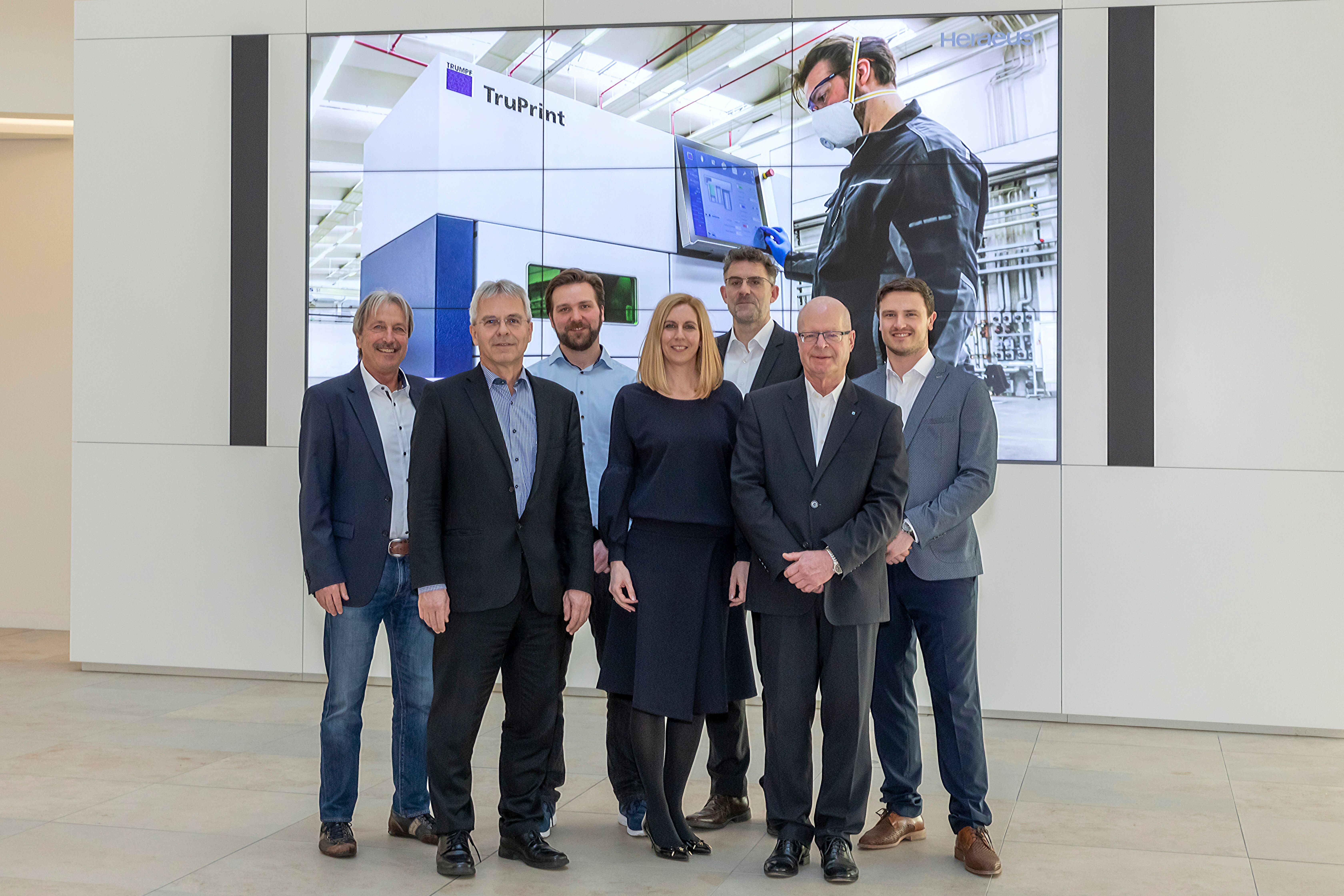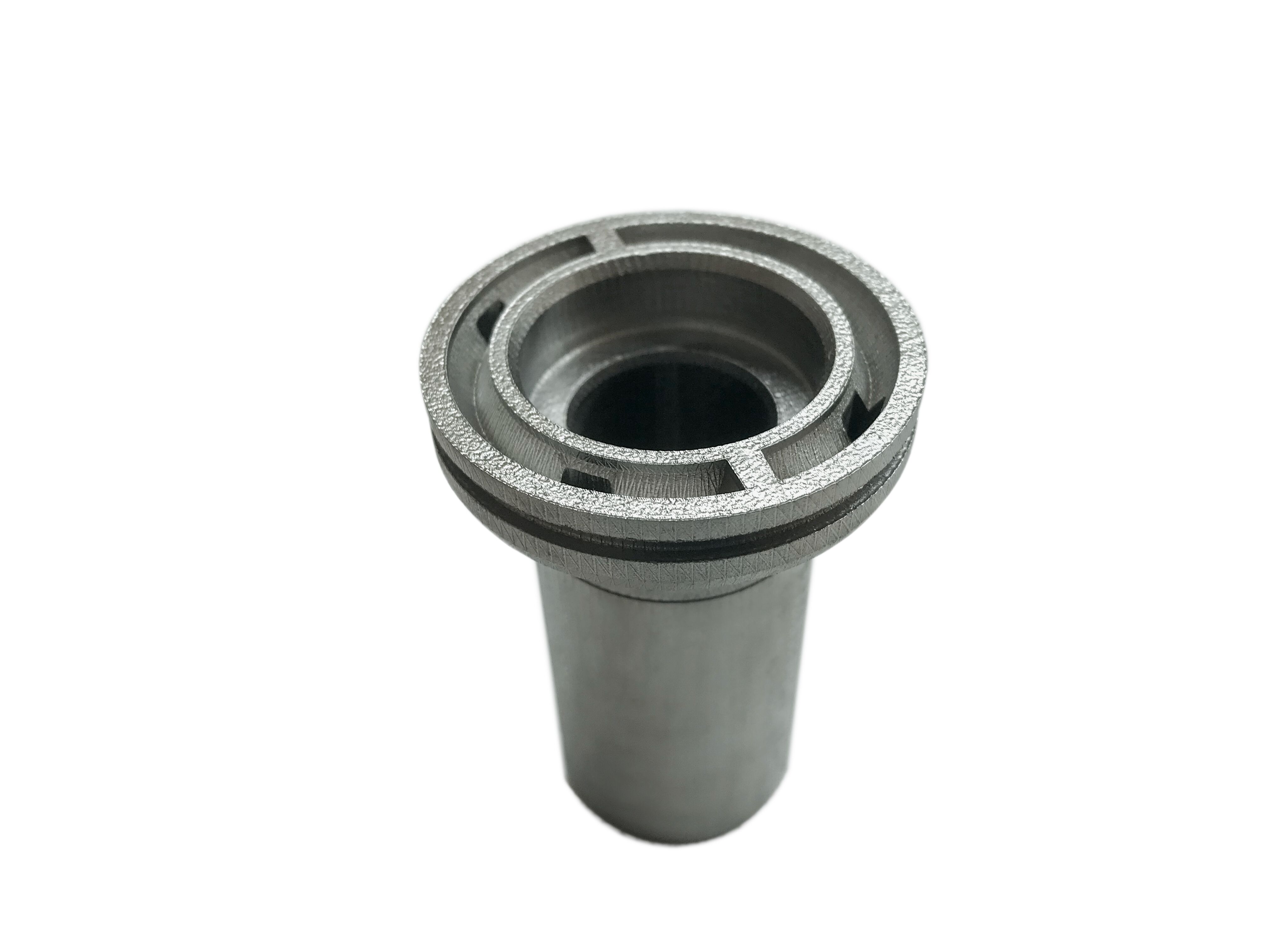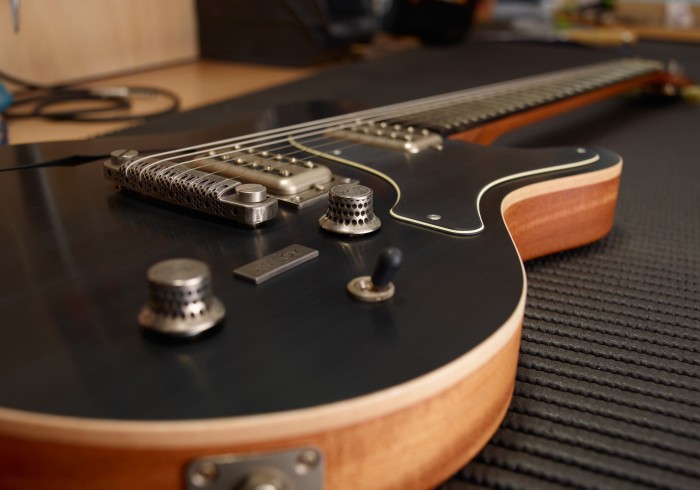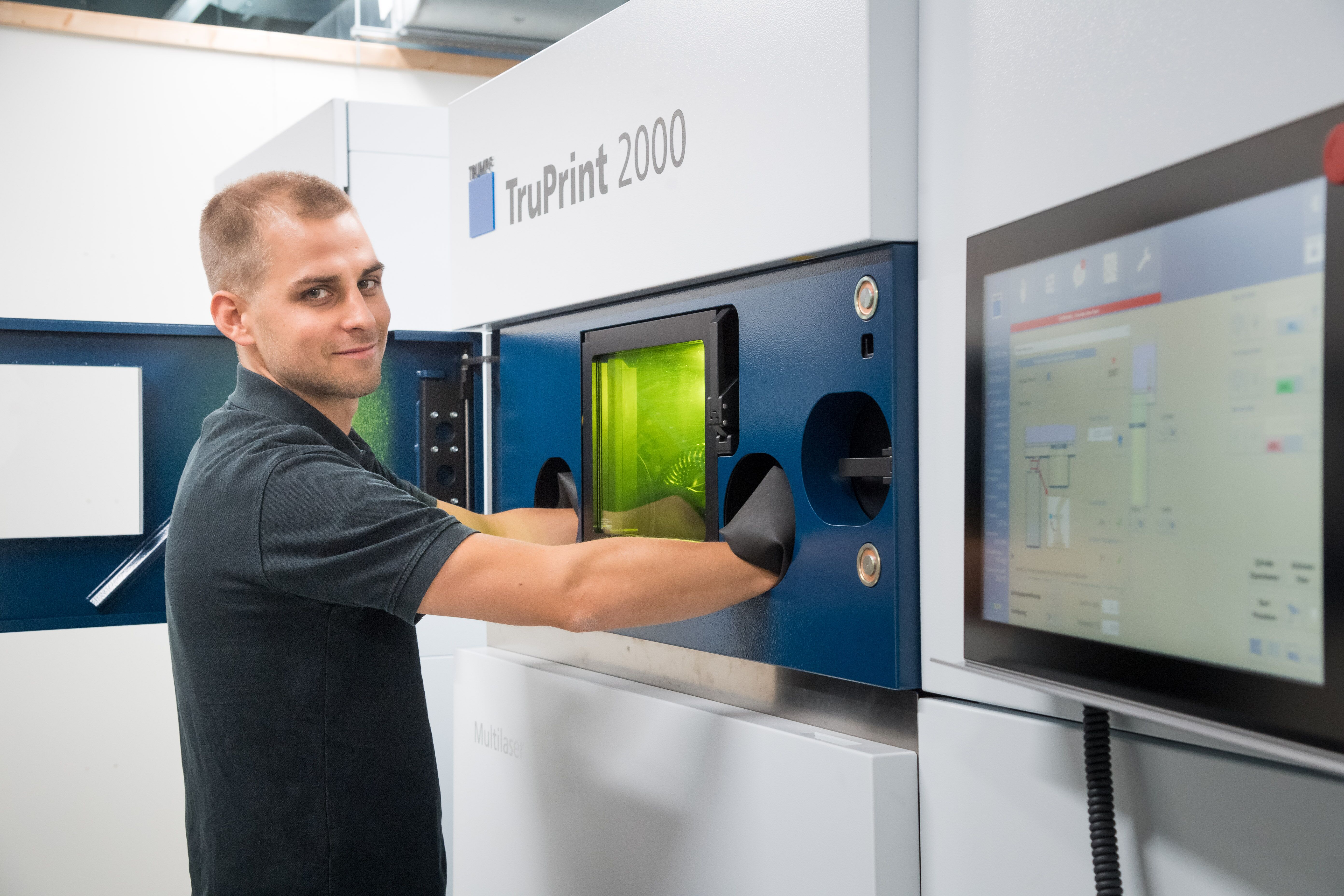Amorphous metal specialists Heraeus AMLOY is working with German machine tool manufacturer TRUMPF to advance the use of 3D printed amorphous parts for production. By improving process and cost efficiencies of the material in additive manufacturing, the companies aim to establish the 3D printing of amorphous parts as a standard production method on the shop floor.
Amorphous metals, which maintain atomic structural properties akin to glass, are considered as strong as steel, while remaining lighter and more elastic. Combined with the design freedom of 3D printing, engineers are given the opportunity to create strong, lightweight metal parts with complex geometries. This could prove beneficial in fabricating parts that are subject to significant stresses and lightweight design in sectors such as aerospace and mechanical engineering. Additionally, amorphous metals are also suitable for manufacturing medical devices due to their biocompatibility.
“3D printing of amorphous components in industry is still in its infancy,” comments Jürgen Wachter, head of the Heraeus AMLOY business unit. “This new collaboration will help us speed up printing processes and improve surface quality, ultimately cutting costs for customers.”
“This will make the technology more suitable for a wider range of applications, some of which will be completely new.”

Heraeus and the nature of amorphous metals
Amorphous metals are formed through the rapid cooling of molten metal, which occurs too quickly for the material’s atoms to establish a crystalline structure. Instead, the atoms solidify in an amorphous, disordered manner, creating a non-crystalline glassy state. In contrast, most metals are crystalline in their solid-state, which means they have a highly ordered arrangement of atoms. As such, amorphous metals are characterized by extreme hardness and high yield strength with elastic and malleable properties, while also being scratch and corrosion resistant, and highly biocompatible.
When processed with 3D printing, it becomes possible to fabricate large and complex amorphous metal parts, which cannot be accomplished with other methods of manufacturing. Additionally, amorphous metals maintain isotropic behavior, which means their material properties remain identical, regardless of the direction in which the 3D printer builds up the workpiece. Combined with its lightweight properties, the 3D printing of amorphous metals can thus enable a variety of applications on a production level, as amorphous parts also become faster and simpler to produce.

Indeed, the nature of amorphous metals has enabled great potential uses in metal 3D printing. For example, NASA has explored the benefits of using the material in its spacecraft when exploring harsh environments. Tobias Caspari, SVP of Additive Manufacturing at Heraeus, has previously highlighted potential uses, “Amorphous metals will change our future. They possess a wide variety of previously incompatible characteristics: They are very strong and yet malleable, as well as harder and more corrosion-resistant than conventional metals.”
Heraeus AMLOY is the amorphous metals division of Heraeus, a German technology group specializing in precious metals. Founded in 1851, Heraeus today spans businesses in the environmental, energy, electronics, health, mobility, and industrial applications sectors.
Much of the company’s recent activities in additive manufacturing have been focused on the development of 3D printed amorphous metals. Heraeus has been working in this field since 2016, when it first included the material in its portfolio of 3D printing metals. In April 2019, Heraeus claimed to have manufactured the “largest amorphous metal component” using additive manufacturing. Recently, the company also installed a 3D printed bridge made from amorphous metal for guitar manufacturer Nik Huber Guitars.

Leveraging TRUMPF’s expertise in additive manufacturing
Working with TRUMPF, Heraeus AMLOY aims to combine its expertise in the production and processing of amorphous metals with TRUMPF’s experience in additive manufacturing. As such, the company has optimized its amorphous alloys for 3D printing, and specifically tailored the material for use with TRUMPF’s TruPrint Laser Metal Fusion (LMF) 3D printers.
Heraeus AMLOY has highlighted the TruPrint 2000 system as being particularly suitable for 3D printing amorphous metals, as it allows excess powder to be prepared in an inert gas environment for the subsequent building process. The powder can therefore be shielded from any adverse influences, a key benefit for amorphous metals because the material is known to react quickly with oxygen. Equipped with two 300-watt lasers with a focal diameter of 55 micrometers, the TruPrint 200 3D printer also enables users to carry out both low and high-volume production of amorphous parts.

Users that already have a TRUMPF 3D printer are now able to process zirconium-based alloys from Heraeus AMLOY. It is also possible to order 3D printed amorphous parts directly from the company as well. The two partners are also hoping to make copper- and titanium-based alloys available for 3D printing in the future.
“Amorphous metals hold potential for numerous industries. For example, they can be used in medical devices – one of the most important industries for additive manufacturing. That’s why we believe this collaboration is such a great opportunity to make even more inroads into this key market with our industrial 3D printing systems,” added Klaus Parey, managing director TRUMPF Additive Manufacturing.
The nominations for the 2020 3D Printing Industry Awards are now open. Who do you think should make the shortlists for this year’s show? Have your say now.
Subscribe to the 3D Printing Industry newsletter for the latest news in additive manufacturing. You can also stay connected by following us on Twitter and liking us on Facebook.
Looking for a career in additive manufacturing? Visit 3D Printing Jobs for a selection of roles in the industry.
Featured image shows the TRUMPF TruPrint 2000. Photo via TRUMPF.


